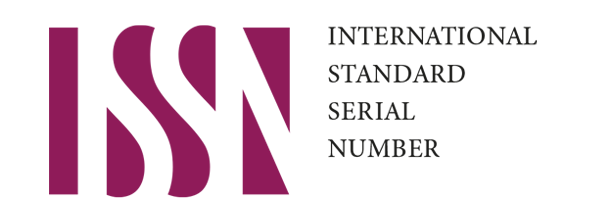Survey of Facilities and Infrastructure for Physical Education, Sports and Health SMAN 19 Medan
DOI:
https://doi.org/10.51178/jsr.v5i2.1967Keywords:
Facilities, Infrastructure, Physical EducationAbstract
This study utilises the survey methodology to gather descriptive information. SMA Negeri 19 Medan boasts a wide range of resources and infrastructure that effectively support the implementation of physical education, health, and sports (PJOK) education. The aim of this inquiry is to determine the presence, amount, and state of these facilities and infrastructure at SMA Negeri 19 Medan. The study focuses on examining the facilities and infrastructure related to physical education, health, and sports (PJOK) at SMA Negeri 19 Medan. The study subject encompasses the entirety of the population under consideration. The PJOK facilities will be the focus of examination in this particular case. The findings of this analysis suggest that the infrastructure and amenities provided for each sport are unique. This applies universally to all sports, including acrobatics, athletics, volleyball, basketball, and football. Unlike game sports facilities, which exhibit a 50% rate of adherence and a 50% rate of non-adherence, athletic sports facilities demonstrate a 40% rate of adherence and a 60% rate of non-adherence. The compliance rate of gymnastics facilities is 14%, while the noncompliance rate is 86%. The compliance rate of infrastructure facilities is 67%, while the noncompliance rate is 33%. Therefore, it can be inferred that the average percentage result for all the physical education, health, and sports (PJOK) facilities and infrastructure at SMA Negeri 19 Medan is 39%, indicating that it meets the criteria, and 61%, indicating that it does not meet the norms. The physical education, health, and sports (PJOK) facilities and infrastructure at SMA Negeri 19 Medan do not satisfy the standards set by the Regulation of the Minister of National Education Number 24 of 2007. They fall short of the minimum requirement by less than fifty percent. Therefore, it is reasonable to deduce that the facilities and infrastructure are insufficient.
Downloads
Published
Issue
Section
License
Copyright (c) 2024 Education Achievement: Journal of Science and Research

This work is licensed under a Creative Commons Attribution-ShareAlike 4.0 International License.














